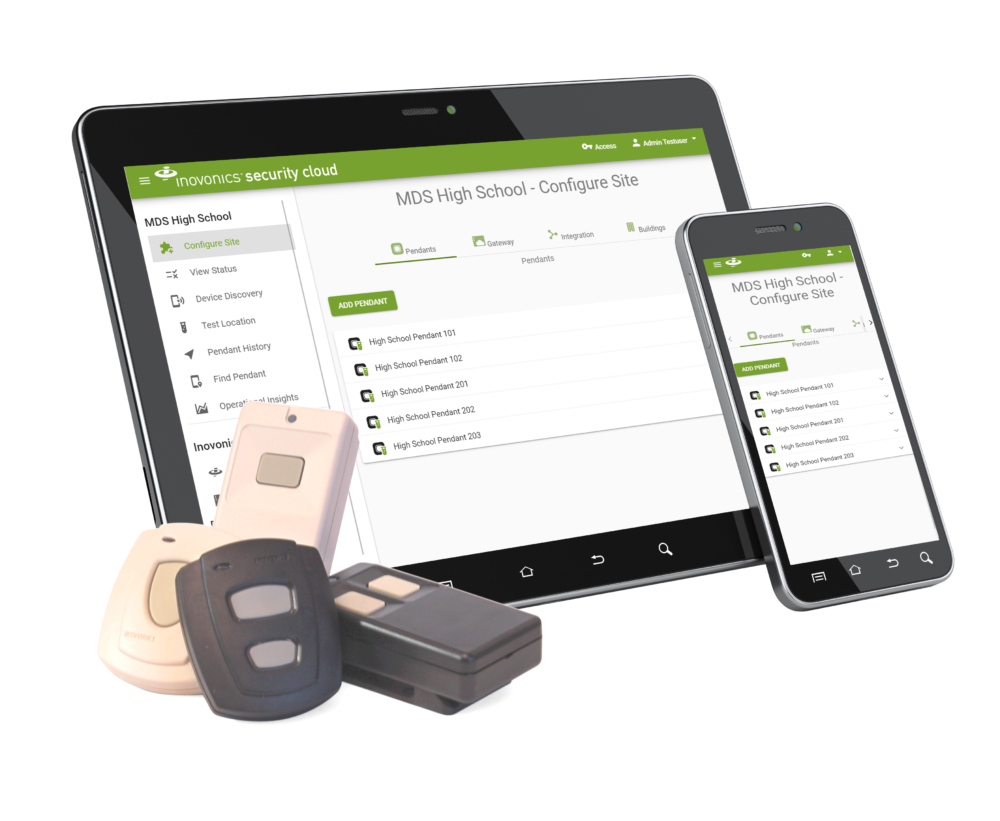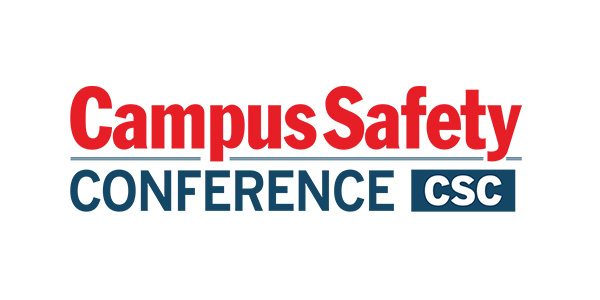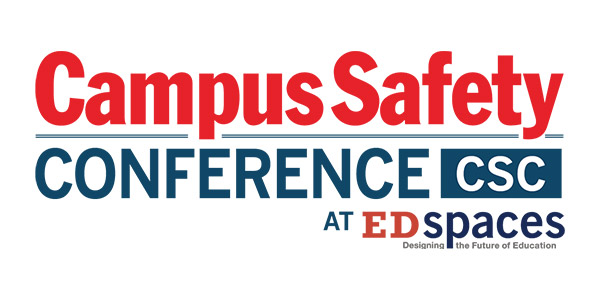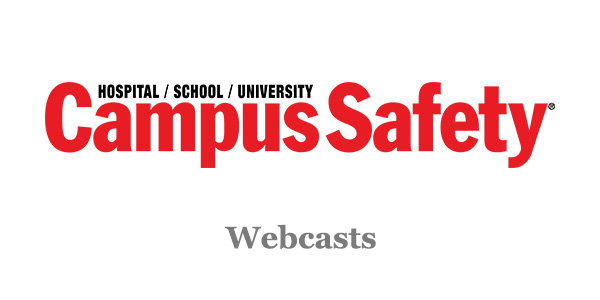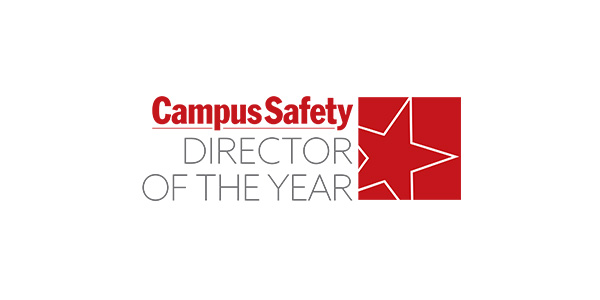Schools, institutions of higher education and hospitals require security systems that are flexible enough to address a range of safety needs for students, faculty and staff. Ideal solutions include both a duress system that allows employees to signal for help and an intrusion system to guard against theft and vandalism. They must be scalable to adapt to shifting classroom layouts and ever-evolving security demands, and reliable enough to ensure critical alarm signals reach their intended recipients.

Inovonics Vice President of Sales Eric Banhart. Photo courtesy Inovonics
In this interview, Campus Safety spoke with Inovonics Vice President of Sales Eric Banhart on how his company’s technology can address the safety and security needs of K-12, college and healthcare campuses.
Campus Safety: What is/are the top emergency notification and/or panic alarm/mobile duress system or app from your company, and what makes it special? How does it apply to healthcare facilities, schools and/or higher education security, public safety and/or emergency management?
Eric Banghart: Our flagship product is a mobile duress solution designed to enhance safety across a wide range of campus environments, such as medical campuses, office buildings, and schools. Our solution enables staff, teachers, nurses, or anyone who might need a duress pendant to call for help to be located with precision – down to the zone, floor, or specific room on a campus. Our wireless technology is designed to be used at scale so the entire network of devices and locators can be deployed at any density required for the application.
Related Article: Will Your Mobile Duress Device Work When You Need It?
Inovonics mobile duress brings together our hardware—specifically our mobile duress pendant and locating beacons, known as “locators”—and our cloud-based services to deliver location data in the event of an emergency. When a pendant is activated, our algorithm determines its proximity to the nearest locator based on signal strength, allowing us to quickly and accurately match the user with the beacon. The response can then be directed based on the information that comes from the system.
While other duress location systems exist, our deep expertise in the field has allowed us to continually refine our approach, resulting in greater accuracy and reliability. Our mobile duress solution, built on a flexible cloud platform, allows for rapid feature enhancements as we continually expand and improve the system. It’s also easily integrated with other applications, making it an ideal choice for organizations that don’t have the resources or coding horsepower to build it themselves or who already have other security solutions in place and want to add this next level of security.
We also collaborate with a network of partners who use our technology to develop their own products. This extensive partnership ecosystem has given us a strong industry presence and our mobile duress solutions are already deployed across a variety of sectors, including healthcare, education, and commercial facilities.
CS: What other products or offerings would you like to highlight, and what are some of their qualities and benefits?
Banghart: Our system is not limited to just handling duress-related events for life safety situations—it also provides comprehensive capabilities for tracking assets, resources, and individuals. Through our location-enabled mobile duress pendants, asset tags, and staff badges, you can monitor the whereabouts of any critical resource easily.
We have a feature in development called Smart Alerts, which allows users to set up an escalation tree to ensure the right individuals receive the right information promptly. Because the system is integratable with the full suite of Inovonics end points, this flexibility extends beyond just duress or tracking. For example, if an environmental sensor detects a water leak, the alert can first be sent to maintenance personnel. If not acknowledged, the system can automatically escalate the alert to a supervisor and continue up the escalation tree as needed.
CS: How do your company and its offerings address the needs of hospitals, schools and/or universities?
Banghart: The great thing about our solution is that it is so easy to integrate our products into other systems. The needs that schools, universities, and hospitals face change all the time: new room configurations, new safety protocols, new things to keep track of. We recognize that there is no one-size fits all solution for environments like that, so we help customers respond to those changes in a couple of ways.
Related Article: Mobile Duress in Healthcare
First, we have a full suite of wireless sensors so users can bring mobile duress pendants, traditional intrusion detection sensors, or even environmental monitoring solutions to their campuses very quickly. Second, our solutions are highly adaptable and agnostic, allowing us to integrate with a wide range of systems to meet the specific needs of various sectors. For instance, in a hospital setting, our offerings can extend beyond duress protection to include asset tracking. In schools, where mobile duress is a primary concern, we provide an effective solution tailored to that critical need but can also help monitor unmanaged doors to prevent unauthorized access.
CS: What else is new or noteworthy about your company for 2025?
Banghart: School safety is a key area of focus as we continue to enhance our mobile duress solution. We are constantly asking ourselves how we can make mobile duress an even more effective and attractive system for improving school safety.
We have some exciting developments coming out this year that further expand the functionality and flexibility of our mobile duress pendant family, and we are always looking for other technology partners to integrate with to bring mobile duress to more campus environments. We are also further developing our cloud-based platform with unique software capabilities along with enhanced asset and staff tracking features designed to provide a comprehensive safety solution.
CS: What is your company’s overall value proposition to schools, universities and/or hospitals? Why should they do business with you?
Banghart: With over 40 years of experience in the wireless market, Inovonics has built one of the most trusted brands, known for our high reliability and exceptional performance. Our reputation is rooted in the simple fact that our products work consistently and seamlessly. While there are many wireless products and RF protocols available today, it’s essential to choose the right wireless technology for each specific application, especially in environments like schools, hospitals, and public buildings.
We are pointed squarely at the commercial sector, where our wireless technology is engineered to perform within challenging architectural settings. Our systems are specifically designed to navigate the complexities of commercial environments and overcome electromechanical interference. We hear all the time that when it comes to alarm signals, people can rely on us to ensure they get through. Our solutions just work.
CS: Is there anything else you would like to add?
Banghart: It is never lost on any of us that behind every button press or alert signal, there are real people and real safety matters at stake. Developing cloud-based solutions and continuing to expand our product line is really enabling us to be nimbler and respond to the changing needs in commercial and campus environments. We have some really exciting product evolutions coming out this year that will definitely show our commitment to creating superior wireless products and software that make a difference. inovonics.com

